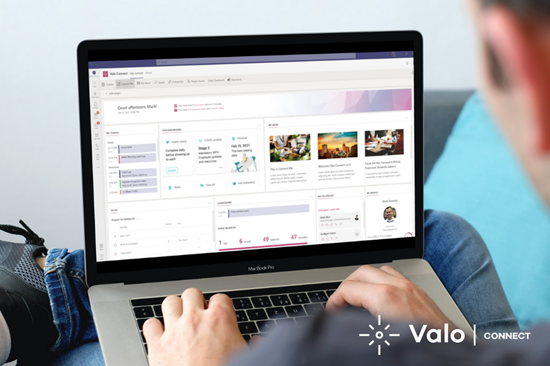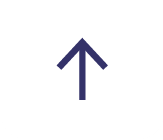PERSONALIZED EMPLOYEE EXPERIENCE | FOR PRODUCTIVE WORKPLACES

In the last 18 months employee experience (EX) has risen to the top of the agenda. Organizations are now increasingly looking to give their employees a voice, to validate and make the most of their valuable experience. But now the more advanced companies are taking it even further.
Much more than simply providing a good ‘experience’ or even DEI, those companies are fostering a personalised experience that supports each employee bringing their personality, identity and unique skillset to benefit the company’s overarching goals.
Fostering Unique Personalities Can Advance Business Objectives
Companies consider the candidates’ unique personalities and skillsets they need when they hire. So, of course, wouldn’t the next logical step be to encourage those personalities to flourish and help the company develop in new ‘outside the box’ directions?
That’s why recent trends have emerged for employee communications platforms to enable two-way engagement: up and down. Senior management wants to hear new ideas. New employees want to shine. It’s no wonder that Microsoft Teams has become the platform of choice, more than doubling its daily active users to 250 million!
Personalised work-day experiences to become the norm
In 2022 we are starting to see a solidification of the same patterns that emerged in the last 18 months. In other words, the more advanced digital workplaces are now designed to help build online workplace communities that accommodate all employees’ working preferences and styles. Hybrid, office, work from home – these are just the tip of the personalisation iceberg!
In addition, employees can use the more advanced digital workplace apps to create their own personalised environments within Teams and inside their company intranet. In Valo Connect Me, for example, they can drag and drop different features into the home view as needed. They can choose to see appointments, To-Dos, Lists, Docs, contacts and even company updates in a single view. They can also bring in their favourite external third-party tools, like ServiceNow and Xero, which also helps reduce context switching.
Making all their favourite tools easily accessible in one familiar platform helps employees keep their focus on their work goals, rather than on learning new technologies. Letting employees choose which tools they most need quick click access to for their own productivity is a new level of personalisation and empowerment!
Tailored Internal Comms
Tailoring the right information to the right roles or personas is invaluable. By using personalisation, internal comms teams can separate the signal to noise ratio and be very clear and crisp with what they’re sharing with employees.
In other words, each employee receives more of the comms that are relevant to achieving their individual workplace goals and less of the comms that are not relevant to their duties. Sales receives comms related to sales. Accounting related to accounting. The Paris branch receives only the comms that concern their work goals, but all comms are in French.
The old style of sending every employee every piece of information has shown to result in most employees simply blocking out all internal company comms. Too much irrelevant information distracts from their focus work goals and in most cases, not relevant to their professional goals. That’s why in our initial consultations we often hear internal comms make comments like: ‘We could send 20 emails and they still wouldn’t know about the company BBQ next Wednesday.’
By sending out more granular and role-relevant communications, directly into the view they use each day, research shows each employee will be less likely to miss important messages.
Frontline Staff at the Forefront
In the ‘new normal,’ valuing staff members that work from the office HQ more than remote employees is outdated. And in more forward-thinking companies, the senior management are even eager to get feedback from the frontline directly.
In the current climate, many studies seem to overlook that ‘remote’ doesn’t just mean ‘work from home.’ There are now more employees in the field than ever before; from telephone and home consultations to deliveries, from rebuilding country-wide infrastructure to accommodating new patterns of behaviour around the world: the balance of modern work is shifting out of the centralised, physical office.
Modern workplace trends show a growing desire to establish a parity of experience for all employees – with an emphasis on delivering content and comms instantly to traditionally hard to reach frontline and emergency workers.
Covid and crisis announcements, company victories and updates, emergencies, employee benefits, sick day notification and supply shortages: these are just some examples of internal comms that need to be shared equally and instantly to keep any company running smoothly. And with the more advanced digital workplace apps emerging in 2022, employee comms can now be delivered just as easily on mobile devices at any time and wherever your employees may be.
Working Together Towards Common Goals.
Digital workplaces have the potential to bring people with shared interests together – whether they’re working on the same project at work or aligning objectives across multiple departments. In this era where there is so much physical isolation and segregation, digital workplaces can act as the glue that binds remote employees together.





